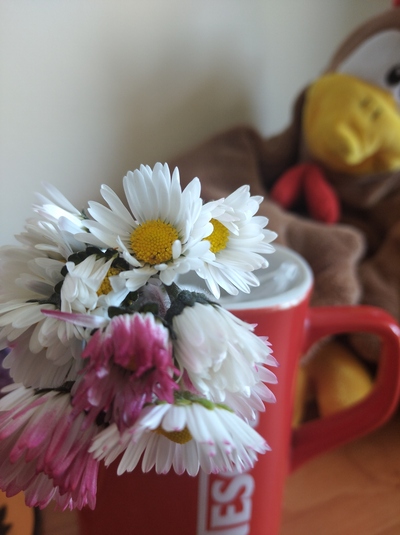
This episode is going to be devoted to the older students, juniors, teenagers and adults and those of the higher levels, from B1 upwards.
All of these activities were inspired by the approach in the visual based speaking tasks of the Cambridge exams. I use these activities frequently at the beginning of the ‘unit’, to introduce a new theme, to ease us into it and to start with some freer speaking activity, that, really, does not have any specific linguistic requirements or a very formal framework. Not to mention that by the way, my students get an opportunity to practise and develop their exam skills, in a slightly more relaxed way.
All of these activites are deeply rooted in my professional laziness because even though I have to devote some time to the picture selection, that is, really, the only time investment beacause the task is usually a one sentence instruction and, to be perfectly honest, most of the ideas listed below were created during the lesson, as a follow-up and an extension of the regular Cambridge ‘similar or different’ task.
Usually, my greatest helper while preparing these activities is google search engine. I type in the key words and I look through the images until I find these four, six or eight that match the idea that I have in mind. They can be saved in a document or displayed on the screen (powerpoint or Miro). I save them and keep them for later because they are always recycled.
Frequently, I start the cycle with the simplest of the activities (‘Choose two to compare’) and I follow-up with a wider discussion (‘Have you ever…?’) or any other combination but, naturally, these can be used on their own. All of the activities can be done with the whole class or in pairs.
- Talk about your favourite photograph: students choose the photograph that they really like, they describe it and justify their choice
- Talk about your least favourite photograph: students choose the photograhp that they like the least, they describe it and explain why they don’t like it
- Choose two pictures for your friend to compare: students choose two of the pictures to compare them, to look for similarities and differences, very much like in the B2 speaking part of the Cambridge exams. The fact that there are more than two pictures allows for the activity to be repeated a few times, over and over, in pairs or with different partners. The longer the activity takes, the more interesting arguments appear and the more creative the answers.
- Choose two pictures for your friend: students work in pairs but in this case they choose two pictures for their partner to compare. It makes the activity more interesting as it is easier to avoid all the obvious choices and this way more interesting contributions are generated.
- Have you ever done that? This is the activity in which we use all the pictures at the same time. Students ask each other the question about all pictures, one by one.
- Would you like to? This is another activity that can be used with all the pictures. Students ask each other questions related to the situations in the pictures, but more focused on the future.
- The comparatives: Another activity in which students discuss all the pictures, going over the list of questions and choosing the pictures that somehow stand out. The set is closely related to the theme of the photographs. For example, in a lesson devoted to health and health problems we looked at these four pictures and we answered the questions: Choose the most serious problem, the least serious problem, the most common problem, the easiest to deal with, the least unpleasant for the doctor, the least unpleasant for the patient, the most expensive to treat, the least expensive to treat, etc.
- What happened before? What will happen afterwards? This is a cool actvity that I adapted from the latest editions of New Cutting Edge Advanced. Students choose their favourite pictures and discuss the before and after, almost telling a story.
- Ask a question: students work in pairs, they ask their friends questions related to the pictures, they have to use different pictures and different question words and they need to a different word each time: What? Why? Who? Where? How many? How much? What kind of? When? How often?
- It reminds me of: students work in pairs, they talk about all the pictures. The talk about their associations, memories or references. It can be a free activity or it can have a theme of: books, films, songs and personal memories.
Make sure you also have a look at the first two parts of this series. You can find them here and here.
Happy teaching!